What is the endosymbiotic theory of organellar evolution?
Theory that some eukaryotic organelles (like mitochondria and chloroplasts) originated as free-living prokaryotes that were engulfed by early eukaryotic cells, evolving into a symbiotic relationship.
Has membrane bound organelles?
Eukaryotes
What are the 4 steps of the gram stain?

False
Prions are abnormally folded proteins. They are not living. They cause spongiform encephalopathies.
Crutzfeld-Jacob, Mad Cow, Kuru
Define Cellular Respiration?
The process by which a living organism/cell breaks down food/sugar (glucose) to create energy (ATP)
Define Nitrogen Fixation?
Nitrogen Fixation is the process by which bacteria and archaebacteria can convert nitrogen gas from the air (N2), into ammonia in the soil (N3).
All forms of life depend on ammonia (N3), which is essential for building cell proteins, nucleic acids, and other molecules.
Name the 3 Domains of life (in order of most simple to most complex)
Pyrococcus Furiosus
Archaebacteria
How is Sauerkraut produced
Lactic acid fermentation.
Cabbage + bacteria = Sauerkraut
Bacteria in cabbage is allowed to undergo anaerobic lactic acid fermentation. The bacteria break down the sugar and form lactic acid.
Has a nucleoid?
Prokayotes
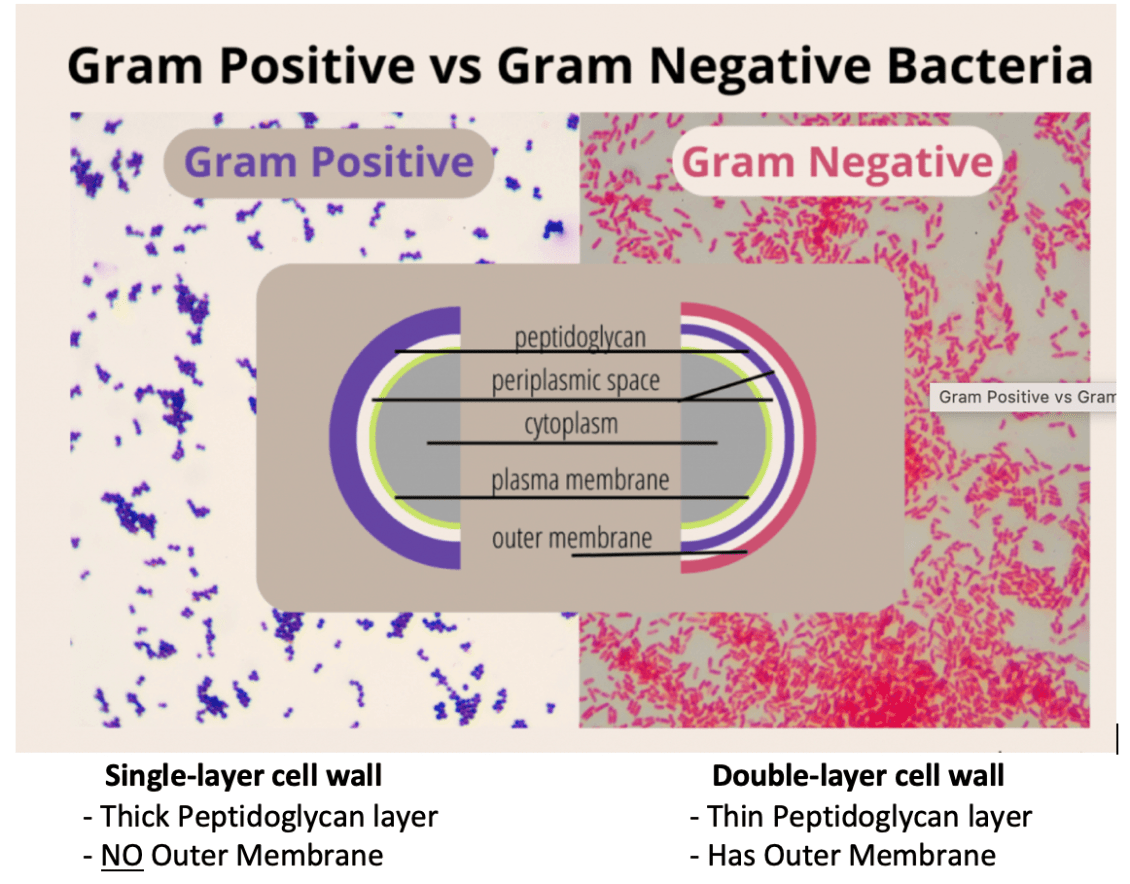
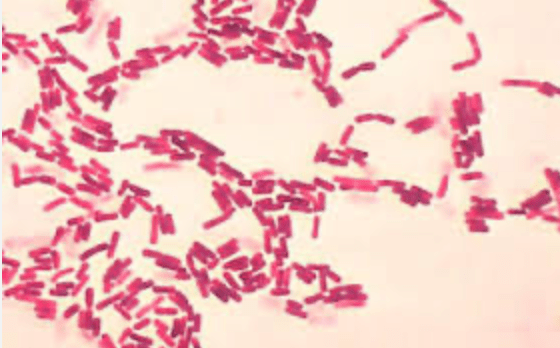
Gram negative
has 2 cell walls (inner thin peptidoglycan, outer wall)
Bacillus (rod shaped)
What are the two types of Cellular Respiration?
Aerobic and Anaerobic
Name the 2 types of Non-living things that cause diseases?
Prions and Viruses
How many Kingdoms of life are there? Name them in order of most simple to most complex.
6 Kingdoms:
Eubacteria, Archaebacteria, Protist, Fungi, Plant, Anmial
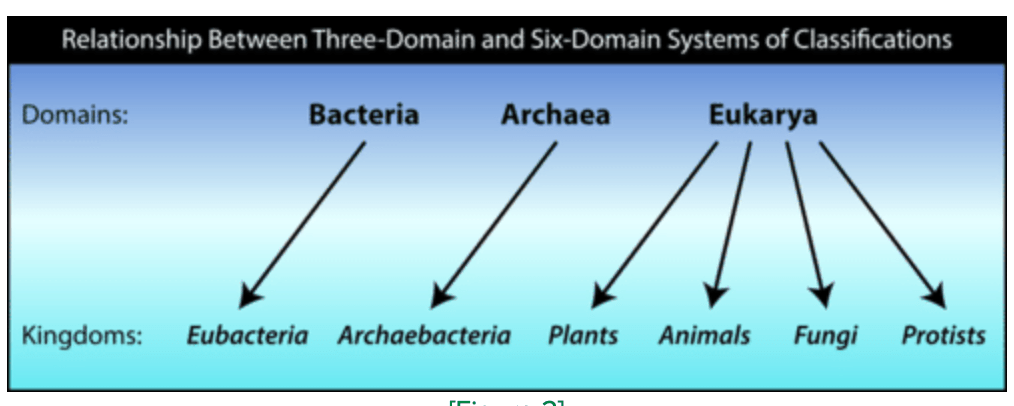
Fungi
How is yogurt produced?
Lactic acid fermentation
Milk + Bacteria = Yogurt
Lactobacillus bacteria in milk is allowed to undergo anaerobic lactic acid fermentation. The bacteria convert lactose sugar in milk into lactic acid.
Has Mitochondria
Why don't spirochetes gram stain well?
Although they are gram -, they are tiny spiral-shaped cells that are too small to be seen with a light microscope. A Dark-Field microscope is needed to see them.
What virus is this?
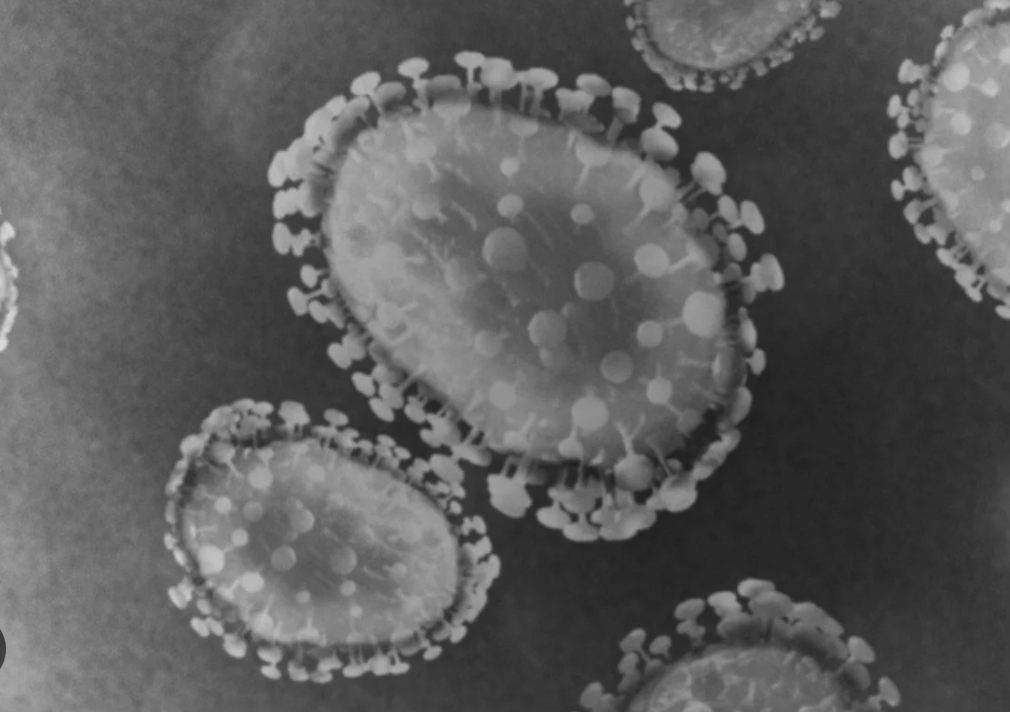
Sars-CoV-2 (Covid)
True or False: All living organisms utilize cellular respiration to create energy?
True
What are the 6 stages of viral replication?
Attachment, Penetration, Uncoating, Replication, Assembly/Maturation, Release
Organisms that are prokaryotic cells belong to what kingdoms?
Eubacteria and Archaebacteria
Amoeba
Protist
How is Soy Sauce produced?
Lactic acid fermentation.
Wheat + soybeans + mold/yeast/bacteria = soy sauce
Wheat and Soybeans are infused with mold, yeast, lactic acid producing bacteria. It is allowed to undergo anaerobic lactic acid fermentation.
Has a Cell Membrane
Prokaryotes and Eukaryotes
What bacteria requires a special Acid Fast Stain?
Mycobacterium Tuberculosis
Mycobacterium Leprae
What virus is this?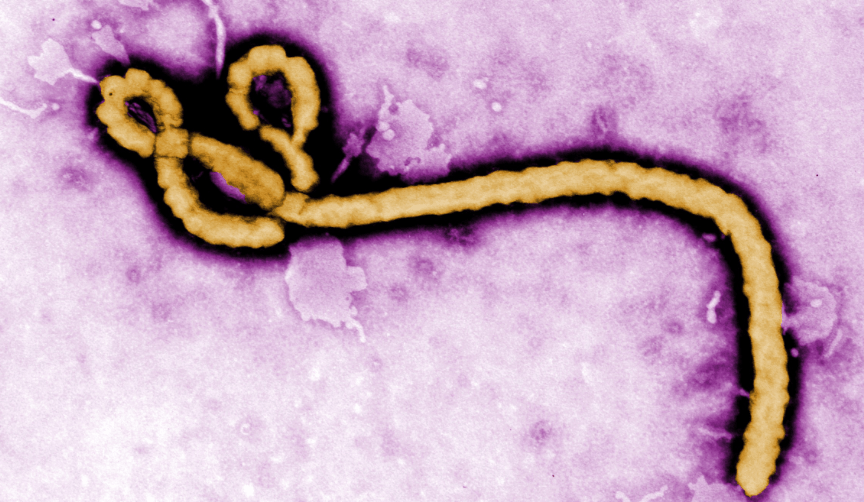
Ebola
True or False: Cellular Respiration is a process by which living organisms/cells create energy in the form of ATP.
TRUE
What is the difference between the Lytic and Lysogenic viral replication cycles?
Lytic cycle: Results in virus multiplying within the cell and bursting/killing it in the process.
Lysogenic cycle: Virus integrates its genetic material into the host cell dna. Lays dormant in cell. During stressful state, viral genetic material will activate/excise, convert into lytic cycle. New viruses are assembled, they will burst/kill cell, release new viruses.
Organisms from what kingdoms are single celled Eukaryotes?
Protists
Some Fungi (yeast)
Staphylococcus Aureus
Eubacteria
Explain the differences between: Mutualism/Cooperation, Commensalism, Parasitism, Predation
Mutualism - Both organisms benefit
Commensalism - 1 organism benefits, 1 is neutral
Parasitism - 1 organism benefits, 1 is harmed
Predation - 1 organism benefits, 1 is killed
How do they reproduce?
Prokaryote = Binary fission ~ 1 hr
Eukaryote = Mitosis ~ 1 day (centrioles facilitate)
Bacterial cell walls are predominately composed of what molecules?
Peptidoglycan
Name 2 viruses that undergoes the Lytic cycle?
Escherichia virus T4
Influenza (Flu)
Sars-CoV-2 (Covid)
Variola (Smallpox)
Ebola (hemorrhagic fever)
True or False: Photosynthesis is a form of Cellular Respiration.
FALSE
Algae belong to what kingdom?
Protist
Organisms from what kingdoms can undergo photosynthesis?
Plants
Some Protists (algae)
Some Eubacteria (cyanobacteria "Blue-Green algae") *** bacteria have chlorophyll but no choloroplasts
Smallpox
None. Smallpox is a virus. It is not a living organism.
What are the 3 types of bacterial gene transfers?
(how bacteria can share/exchange/transfer genetic material). Explain how this occurs?
Conjugation - bacterial DNA plasmid transfers directly from 1 bacteria to another (antibiotic resistance)
Transduction - Transfer of bacterial DNA by viruses from one bacterial to another.
Transformation - Bacteria is able to uptake foreign DNA from the environment (can be natural or lab engineered with heat, electroporation, chemicals)
Has a Cell Wall
What bacteria is this?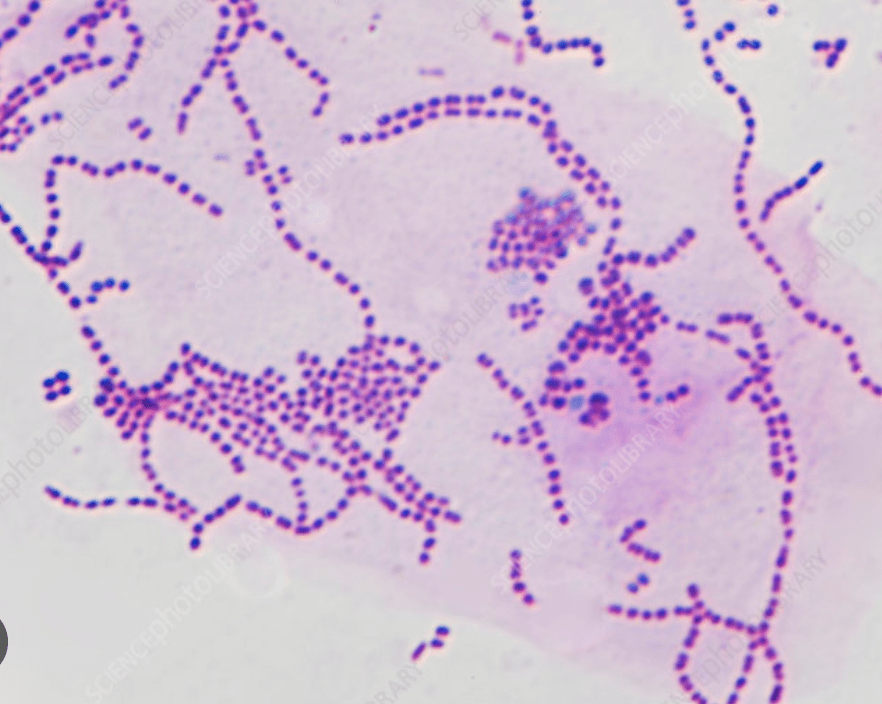
Name 2 viruses that undergoes the lysogenic cycle?
Escherichia virus lambda
Herpes Simplex (cold sores)
Varicella (chicken pox, shingles)
HIV (AIDS)
Which form of Cellular Respiration is more efficient (produces more ATP)? Aerobic or Anaerobic?
Aerobic
By what process is beer and bread made? Describe the process.
Alcoholic Fermentation.
Beer and bread are created from living yeast which undergoes anaerobic alcoholic fermentation. The yeast converts glucose into alcohol and carbon dioxide gas.
In beer, the alcohol and carbon dioxide are trapped (creates alcohol and fizzy carbon).
In bread, the alcohol is burned off in the oven and carbon dioxide raises the bread (creates fluffy raised bread).
Cyanobacteria belong to what kingdom? What is special about them?
Eubacteria.
Cyanobacteria (Blue-Green Algae) can undergo nitrogen fixation, photosynthesis, and cellular respiration.
Plasmodium (Malaria)
Protist